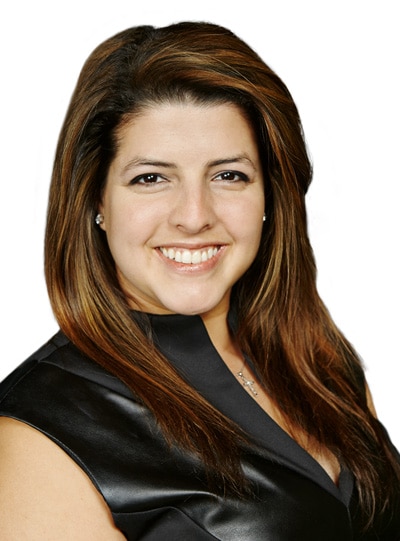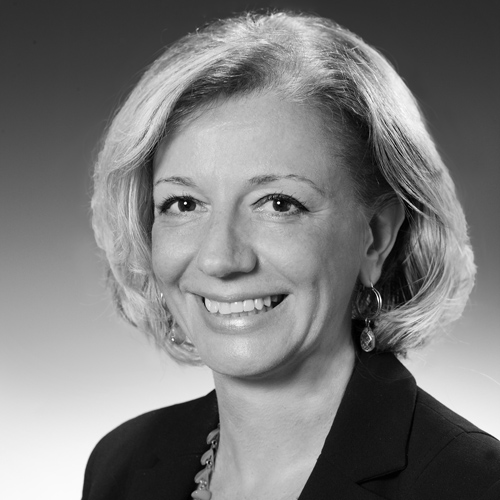Corporate wellness is a lot like the proverbial horse led to water. Just as you can’t force a stallion to drink, it might be impossible to prompt all members of the accounting department to go to the gym.
This is the kind of thinking that played into the design of the wellness program at World Fuel Services (WFS), a global energy distribution business. Georgette Kores is the company’s manager of global wellness and engagement and the woman responsible for WFS’s wellness program. She is a perfect fit for this job because she understands both human nature and fitness, given her career in
corporate wellness and her education as an exercise physiologist.
Still, this is no small task, given the company operates at more than 150 locations in more than 30 countries, with a workforce of more than 5,000 employees. Kores had to consider the cultural differences from continent to continent, as well as the range of employees in the company’s core business of supplying energy products and services to marine, aviation, and land-based transportation companies. It took more than a little effort to get this sprawling energy company’s workforce in shape.
For a project like this to be successful, it starts with support from the highest level in the organization: senior management. “This was their idea before I was hired,” Kores says. “They wanted a culture of healthy competition, and they knew it would require more than a company-based fitness center.”

The ambiguity of the term “corporate wellness” is one of the biggest reasons that initiatives like this often fail, Kores says. It is a general term that has evolved considerably over the years and expresses itself differently from firm to firm. Fifty years ago, it may have meant employee assistance programs, but now it encompasses biometric screenings, smoking cessation programs, gyms in the workplace, and much more.
But often, people who were already predisposed to healthy habits were the biggest users of such programs. Those who weren’t especially health-minded sometimes found such programs threatening, Kores says.
To be clear, wellness at WFS doesn’t necessarily require anyone to work up a sweat on a treadmill. As Kores explains, the WFS program, “Wellness for Life” (WFL), emphasizes four dimensions: social, physical, emotional, and financial wellness. Each dimension has multiples points of entry for employees, including focuses on nutrition, smoking cessation, hydration, activity/exercise, financial wellness, and a broad category that incorporates all of these, plus emotional and social components. For example, someone dealing with nagging financial problems might not be able to manage dietary changes, so it’s more effective to tackle that source of stress before taking on other behavioral modifications. Once one health pain point is managed, the individual can confidently move on to make other positive changes.
In other words, Kores devised the program to fit the unique needs of all employees. The company even ensures that traveling employees can stay on their program while staying in hotels or traveling via plane or car.
She credits her colleagues in marketing for helping to build participation. They collaborated with Kores on a full complement of communications tools and platforms to advertise WFL components, including a six-week special event in the summer of 2017. Called the WFS WorldSTRONG Fitness Challenge, it tested employees’ physical strength and tracked their improvements over a forty-five-day competition.
The social wellness component of the program is typically called something like “community relations” in other companies, Kores says. WFS’s program involves volunteer service projects such as park cleanup and tree planting days and local 5K and 10K runs—each a physical and social activity that arguably contributes to emotional health. Kores administers these from the wellness initiative, a logical joining of green- and health-oriented programming.
If that seems unorthodox, it might be because people in Kores’s position have to do some out-of-the-box thinking. Science and health specialists aren’t necessarily prepared for careers in corporate environments, and she advises anyone thinking about corporate wellness to consider what that entails. It’s not necessarily about short-term action and rewards. Typically, the planning and selling aspects can be frustrating to her colleagues in exercise physiology, and there’s rarely a one-size-fits-all solution.
“Our employees were not unhealthy. We simply looked at population trends for ways to prevent what is out there.”
“It’s a different world,” she says. “We didn’t start with an off-the-shelf program. I had some best practices up my sleeve, but we needed to develop a multinational program from the start.”
To ensure that program could develop successfully, Kores took three months during the development stage to get a feel for the company, its key players, and to understand their knowledge and expectations. “Our employees were not unhealthy,” she says. “We simply looked at population trends for ways to prevent what is out there.”
The wellness program also folded into a larger corporate initiative: to create a unified culture in a company that has grown through acquisition. It turns out that having a welcoming, holistic, corporate well-being program also fostered belonging and a shared sense of purpose.
Kores is held accountable for program results, which are published internally on a quarterly and annual basis. Importantly, the program participation levels have grown over time, meeting the original objectives of senior executives who fund it. This wellness program is, after all, about business.
And despite launching the wellness program on a global scale, it wasn’t as difficult as it might seem at first glance because of Kores’s dedicated team. “We have about ninety-seven people in our global wellness ambassador network who promote their programs in their workplaces,” Kores says. “I call them my boots on the ground.” She adds that within their workforce the cultural differences are really not much of an issue where it comes to wellness: “Employees everywhere just want to be healthy and happy.”

